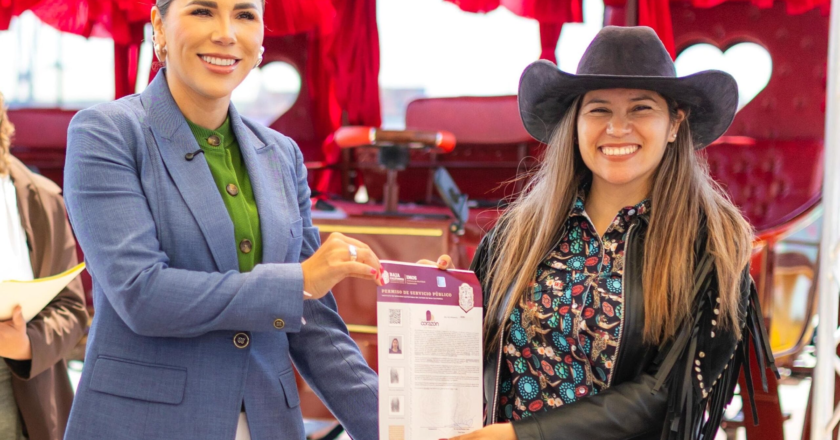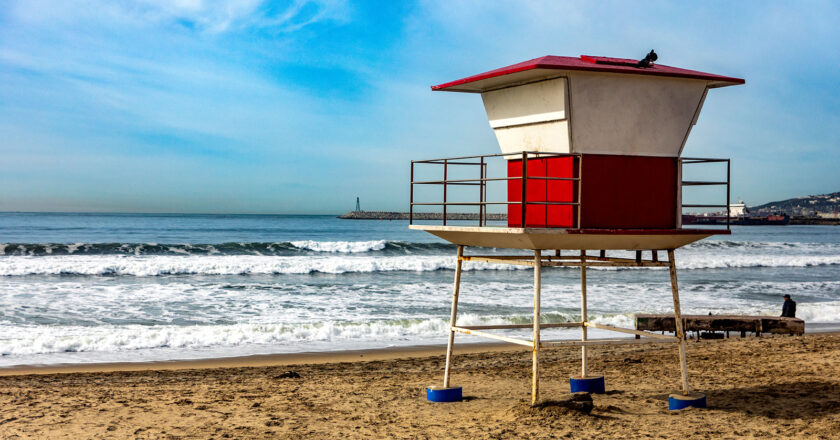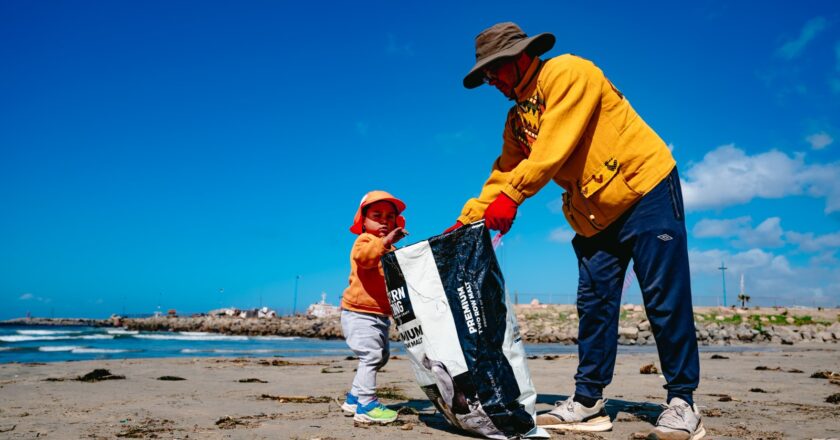This morning in Ensenada, a bus got stuck in a dip at the intersection of Calle Ruíz and Ámbar, causing …


This morning in Ensenada, a bus got stuck in a dip at the intersection of Calle Ruíz and Ámbar, causing …

World Book Day 2025 Today, April 23, is World Book Day, and there’s no better excuse to open a book—and …

Ensenada has taken a significant step toward sustainable tourism On April 21, Governor Marina del Pilar Ávila Olmeda gave out …

—Pay Attention or Pay the Price Planning a stroll down Ensenada’s tourist zone? Better start looking at the sidewalk colors, …

Move over Tesla, Ensenada is getting its own fleet of electric vehicles—and they’re way bigger than a sedan. That’s right, …

Good news for beach bums, sun lovers, and margarita sippers: all Ensenada beaches are officially safe for recreational use, just …

On June 1, every citizen in Baja California will be hit with one of the most daunting ballots in history—over …

Ensenada, B.C. – In a fitting close to March’s Water, Sanitation, and Hygiene Month, the city wrapped up a massive …

Venture off the Beaten Path For decades Baja California has been known as a destination for Spring breakers. But this …

Baja California kicked off the week with some challenging weather, according to the latest CONAGUA update. Two cold fronts are …